Magpie Valves' butterfly valve has passed the high-temperature version test of API 641. The testing process strictly followed the standard procedures: first, helium gas was injected into the valve according to its pressure rating, and a pressure-holding operation was carried out for 1 hour. The valve was then placed in a 400°C high-temperature environment and heated continuously for 20 hours. After the heating phase, the valve was allowed to cool naturally to room temperature while holding pressure for 1 hour. Finally, the sealing performance of the packing was tested. The results showed that all indicators met the API 641 high-temperature test requirements.
This high-temperature test holds significant practical importance as it simulates the operating conditions of equipment under high temperature and pressure, as well as the potential situations that may arise during shutdown and cooling. It specifically examines whether the graphite packing will fail under such complex conditions, providing critical validation for the reliability of butterfly valves in real-world industrial applications.
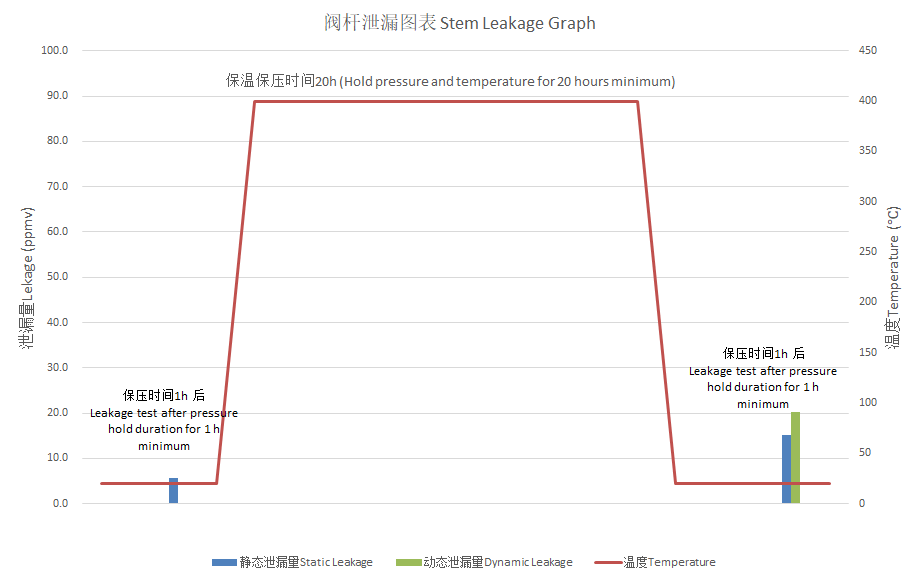
In 2022, the API 622 standard was updated, with a key change being the increase of the test temperature parameter to 400°C. Previously, the certification test under API 622 was conducted at 260°C, a relatively low temperature that failed to fully cover the high-temperature operating conditions of petrochemical valves. In particular, under prolonged exposure to high temperatures ranging from 300°C to 560°C, packing materials often exhibit poor resistance to thermal creep. As the temperature returns to ambient levels, this can easily lead to leakage issues. Such leakage problems are especially evident during cooling and depressurization operations in petrochemical and thermal power plants. Once leakage occurs, resealing by re-tightening the packing is often ineffective.
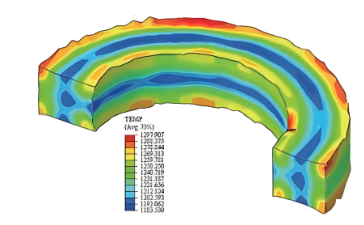
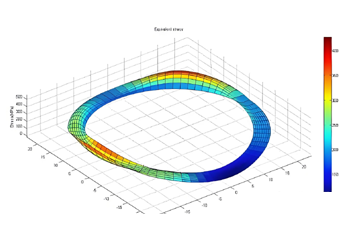
When the packing is exposed to a 400°C thermal shock through non-steam direct heat conduction, its key technical properties, including high-temperature resistance, stress relaxation resistance, and fire resistance, undergo the most direct and rigorous testing. This process is crucial for verifying the packing's reliability and stability under complex real-world conditions, providing a solid foundation for its safe operation in industrial applications.
When selecting packing materials, valve manufacturers must monitor updates to the API 622 certification and thoroughly evaluate the type-testing performance of packing suppliers. It is advisable to reference the established selection standards of industry-leading companies. The chosen packing should be supported by multiple test reports compliant with ISO 15848-1, covering a full range of specifications. Specifically, high-temperature test conditions should be set at Class 2500 LB pressure and 400°C, while low-temperature test conditions should be set at Class 1500 LB pressure and -196°C.
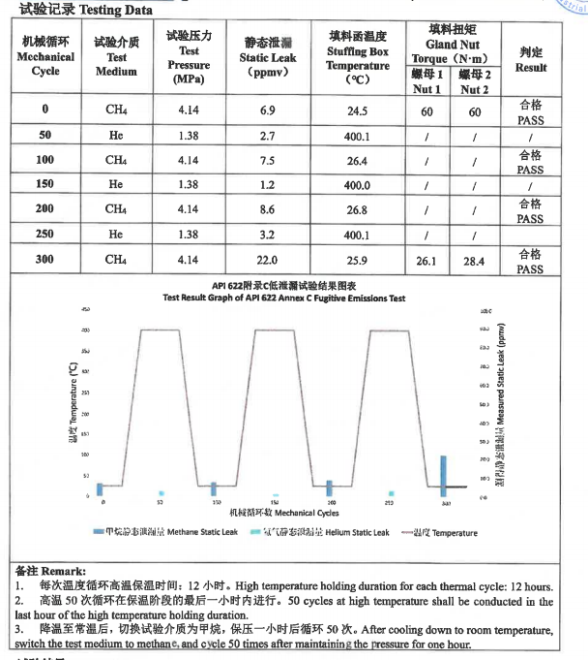
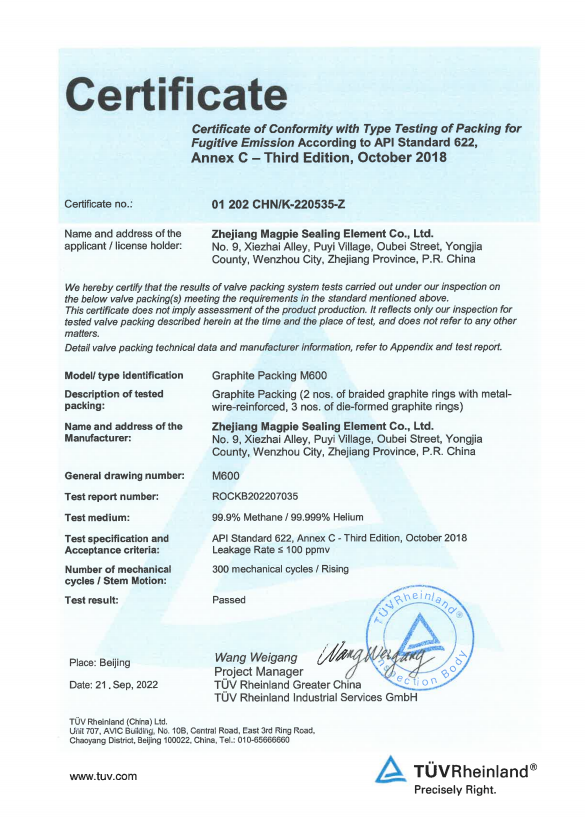
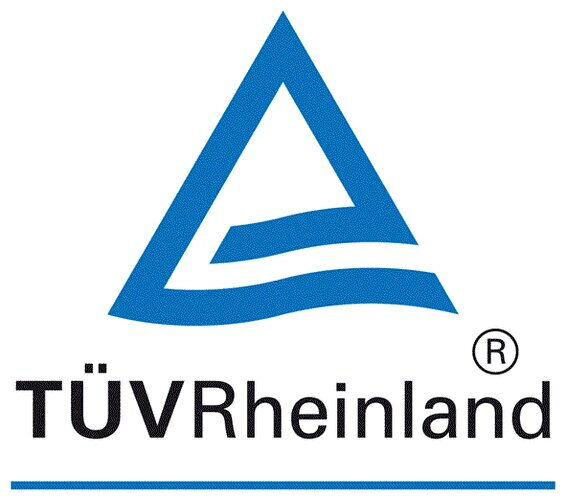
As early as 2022, Magpie Valves successfully obtained the API 622 high-temperature 400°C certification under TÜV Rheinland's witness. However, rather than settling for this achievement, we continued to invest in large-scale valve type testing and certification efforts, accumulating over 400 completed valve type tests. Given the diverse valve specifications and varying pressure conditions, sealing performance faces complex and dynamic challenges. Only through comprehensive, in-depth, and multi-level rigorous testing can the sealing reliability of valves be ensured under various demanding operating conditions.
With an extensive and precise database of test results as a solid foundation, we assist valve manufacturers in optimizing valve design and providing safer, more stable sealing solutions. This helps them effectively mitigate risks associated with sealing failures, ensuring stable and secure production processes while driving high-quality industry development.
